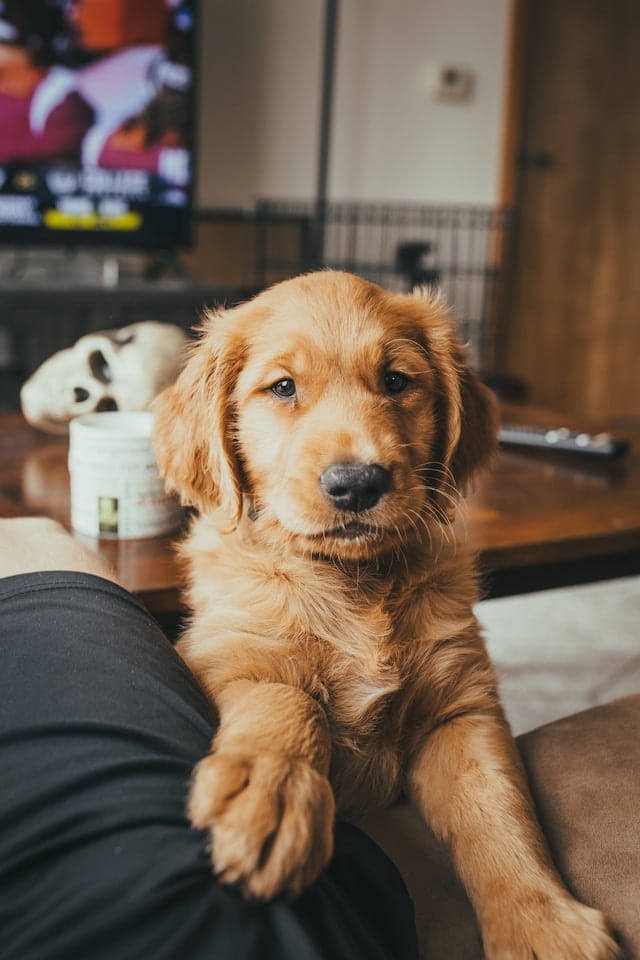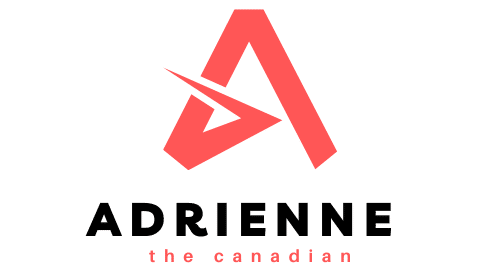What’s the Best Method to Reduce Excessive Shedding in Huskies?

Huskies are beautiful, friendly, and highly energetic dogs. Known for their striking blue eyes and thick, plush coat, they are a favorite breed among dog lovers globally. However, as admirable as their lustrous fur may be, it’s also the source of a common issue – excessive shedding. If you’ve ever owned a Husky or just spent time around one, you’ll know that their shed fur can be found almost everywhere – on your clothes, furniture, and even in your food. As a Husky owner, you may often find yourself asking, "What’s the best method to reduce excessive shedding in Huskies?" Can it be controlled? How do you manage it? This article aims to provide comprehensive information on how to handle the issue of excessive shedding in Huskies.
Understanding Husky Shedding
Before you can effectively tackle the issue of excessive shedding, it’s vital to understand why Huskies shed so much. Huskies are a breed specifically adapted to survive in harsh, cold climates. To help them deal with the extreme temperatures, they have a thick double coat. Their undercoat is dense, meant for insulation during the cold, while the topcoat is longer and waterproof, protecting them from both rain and snow.
A lire en complément : How to Accustom a Cat to a Newborn Baby in the Home?
Huskies undergo a process called "blowing coat" where they shed their undercoat twice a year, usually during spring and fall. This means that they will shed more than usual during these periods. However, Huskies could also shed excessively due to other factors like stress, allergies, hormonal changes, or even due to poor diet and inadequate grooming.
Regular Grooming
The most effective way to reduce excessive shedding in Huskies is regular grooming. Grooming removes loose hair, reduces matting, and helps keep your Husky’s coat and skin healthy. This process also stimulates the production of natural oils in their skin, which are spread across the coat during grooming, making it glossy and healthy.
En parallèle : What Are the Best Steps to Take When Your Dog Ingests Chocolate?
Regular grooming for a Husky means brushing their coat at least once a week. During the periods when they are blowing their coat, daily brushing might be necessary. Brushing removes loose hair and helps in distributing the natural oils evenly across the skin and coat. Use a good quality de-shedding tool or a rake brush that can reach the dense undercoat efficiently.
High-Quality Diet
What you feed your Husky has a direct impact on their skin and coat health. If your Husky is shedding excessively, it could be due to a nutritional deficiency. A diet rich in omega-3 and omega-6 fatty acids is crucial for maintaining a healthy coat and reducing shedding. These essential fatty acids not only improve the skin and coat condition, but they also boost your Husky’s overall health.
High-quality, balanced dog food will provide the necessary nutrients your Husky needs. Also, adding supplements like fish oil or flaxseed oil to their diet can help increase their intake of essential fatty acids. Always consult with your vet before making any significant changes to your Husky’s diet or introducing new supplements.
Regular Vet Check-ups
Frequent shedding can sometimes be an indication of underlying health issues. Conditions like allergies, hormonal imbalances, skin infections, or even parasitic infestations can lead to excessive shedding. Therefore, regular vet check-ups are crucial to ensure that your Husky is not only physically healthy but also to catch any potential issues that might be causing the excessive shedding.
During these vet visits, make sure you discuss your Husky’s shedding pattern. A sudden change in shedding could be a red flag that your vet needs to check out. Your vet might also recommend certain supplements, medications, or dietary changes to help manage the shedding.
Adequate Hydration
Hydration plays a significant role in maintaining a healthy coat and reducing shedding. Dehydrated dogs are likely to have dry, brittle hair that sheds more frequently. Ensure your Husky always has access to fresh water. Some Huskies might also benefit from wet food, which can contribute to their overall hydration.
In conclusion, while it’s impossible to completely stop a Husky from shedding, these steps can significantly reduce the amount of loose hair. Remember, a well-groomed, well-fed, and hydrated Husky is a happy Husky.
The Importance of Physical Activities and Play
Perhaps one of the less obvious methods to combat excessive shedding in Huskies is ensuring they get plenty of physical activity and playtime. Active play sessions not only fulfill their energetic nature but can also help in reducing stress, which could be a contributing factor to shedding.
It’s a well-known fact that Huskies are an incredibly active and athletic breed with an inherent need for regular exercise. They were bred to pull sleds in freezing temperatures, which means they have a high level of stamina and a strong desire to run. If they don’t get enough physical activity, they can become stressed or anxious, which can potentially trigger excessive shedding.
Physical activities and play sessions provide an excellent opportunity for your Husky to burn off their energy and reduce stress, contributing to maintaining a healthy coat. Regular play and exercise can also stimulate blood circulation, which is beneficial for skin and hair health.
Activities that are especially good for Huskies include running, hiking, agility training, and even pulling activities like sledding or carting. However, any form of play that gets your Husky moving and their heart rate up can be beneficial.
Remember, while physical activity is important, it’s equally essential to ensure your Husky is well-rested. Over-exertion can lead to physical stress, which could also cause excessive shedding. So, find a balance between activity and rest that works best for your Husky.
Maintaining a Comfortable Environment
Huskies are a breed that is adapted to live in cold climates. Therefore, drastic changes in temperature or living in an environment that is too hot and humid can also contribute to excessive shedding. Maintaining a comfortable environment for your Husky can help minimize unnecessary shedding.
While Huskies can adapt to warmer climates, their comfort level can be impaired if temperatures rise too high. High temperatures can cause Huskies to shed their undercoat more frequently to stay cool. If you live in a region with hot summers, ensure your Husky has access to shade and cool indoor spaces.
Air conditioning can help maintain a comfortable indoor temperature. However, be cautious not to make it too cold, as sudden temperature changes can also induce shedding. Additionally, a dehumidifier can help reduce humidity, providing a comfortable atmosphere for your Husky.
Conclusion
In the end, excessive shedding in Huskies is a normal occurrence and a characteristic of the breed. However, the methods discussed in this article, including regular grooming, a balanced diet, regular vet check-ups, adequate hydration, plenty of physical activities, and maintaining a comfortable environment can significantly reduce the amount of shedding.
It’s crucial to remember that every Husky is unique and what works for one Husky may not necessarily work for another. Finding the best method for your Husky might require some trial and error. Just remember to be patient and consistent in your efforts. A well-cared-for Husky not only sheds less, but it is also a happier and healthier companion.
